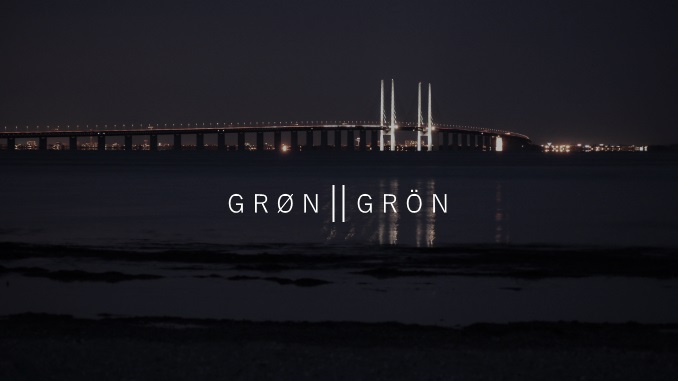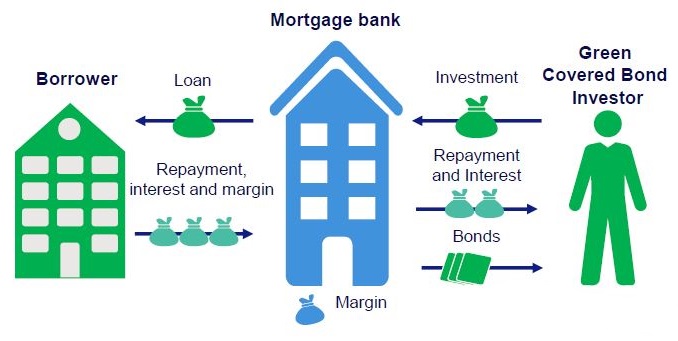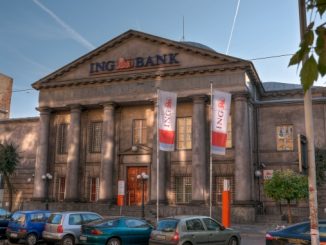
Europe’s largest mortgage covered bond issuer, Nykredit Realkredit, is to join compatriot Realkredit Danmark in issuing green covered bonds, with the Danish model meaning that cheaper financing costs will be passed on directly to end-borrowers, among whom Swedish clients are “leading the pack”, the issuer’s IR head told Sustainabonds.
Realkredit Danmark (RD) on 5 March announced plans to issue green covered bonds out of a new framework of parent Danske Bank. Nykredit announced its green covered bonds plans yesterday (Thursday), with issuance due to begin in Danish kroner and Swedish kronor in early May. The two issuers’ share of the Danish mortgage market is around 70%.
“As Denmark’s largest loan provider, we are committed to ensuring that our lending activities benefit society as a whole,” said Anders Jensen, group managing director of Nykredit. “We hope that this initiative will contribute to reducing the energy consumption of buildings by making it financially more attractive to opt for energy-efficient buildings.”
The covered bonds will be used to finance green mortgages secured by real estate owned by large commercial customers in Denmark and Sweden. Private rental, residential and commercial real estate will be eligible provided they meet energy efficient such as having an A or B energy label, meet recent stringent construction requirements, or have a high BREEAM, LEED or similar certification.
Whether any pricing advantage from green bonds (a “greenium”) is passed on to end-borrowers is a regular question asked of new green bond issuers, and answers vary. However, Denmark’s mortgage finance system means there is a direct link between the borrowing and lending, including the interest rate.
“Any funding advantage will go directly to the customers here,” Morten Bækmand Nielsen, head of investor relations at Nykredit, told Sustainabonds. “If we can sell the bonds one or two basis points better, it will go directly to the customers by virtue of the match-funding principle.
“So here it will be very transparent. It will cost the issuer some money to set up the programme, but we actually pass on the benefit to the customers.”
Key elements of the balance principle and issuance of green covered bond and green mortgages

Source: Nykredit
Nielsen said launching the green framework fits Nykredit’s agenda as a mutual.
“Being owned by our customers, corporate responsibility, ESG, green credentials – these are all very high on the agenda,” he said.
As well as its home Danish market, Nykredit’s green bond issuance – and loans – will encompass the Swedish market, which it is already a regular issuer in and which Nielsen (pictured) said has been at the forefront of green bond activity.

“The Swedes are leading the pack,” he said. “The Swedish real estate companies, for example, own huge portfolios and are very keen on having the right sustainability profile and are therefore interested in having green financing. So it has been driven to a large extent by customer demand.”
The framework has a second party opinion from Sustainalytics, confirming that it is aligned with the Green Bond Principles, and Danish engineering company MOE conducted an independent report on Danish Energy Labels & Energy Efficient Properties on behalf of Nykredit.
The first two green bonds will be floating rate SDOs, an April 2023 Danish krone paying a margin to three month Cibor, and an October 2022 Swedish krona with a coupon linked to Stibor with a zero percent floor.
Any greenium achieved on the new issuance should be reasonably apparent given the liquidity of the Danish market and Nykredit’s curve.
Image: original Oresund bridge photo by Hardo Mueller/Flickr


